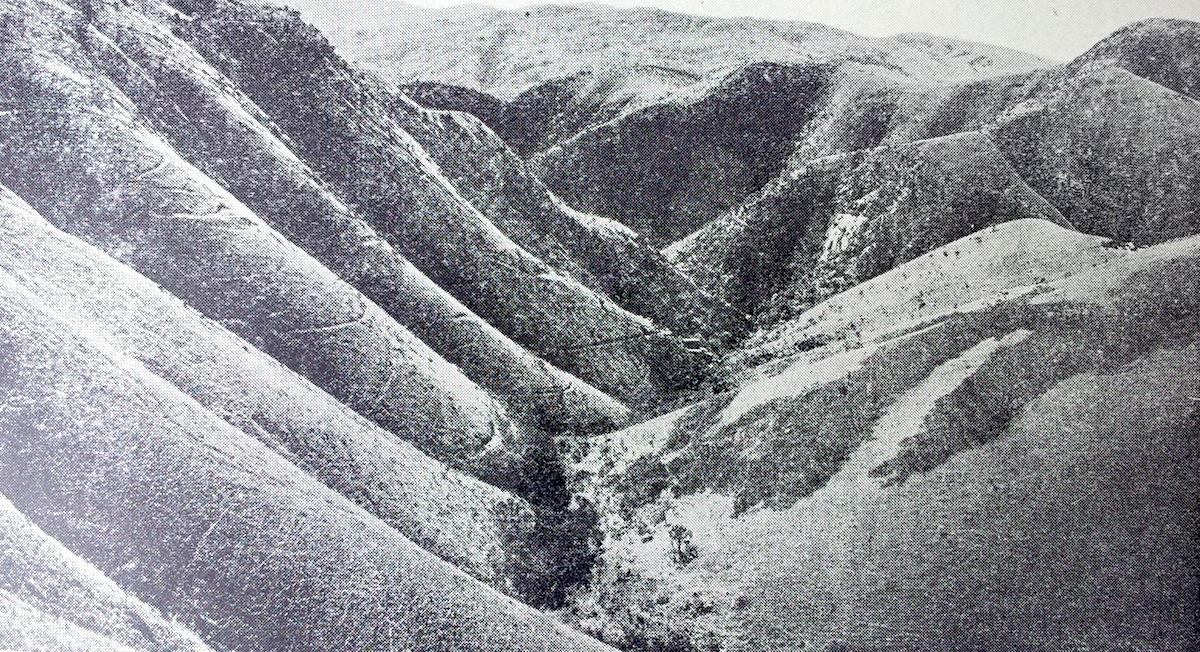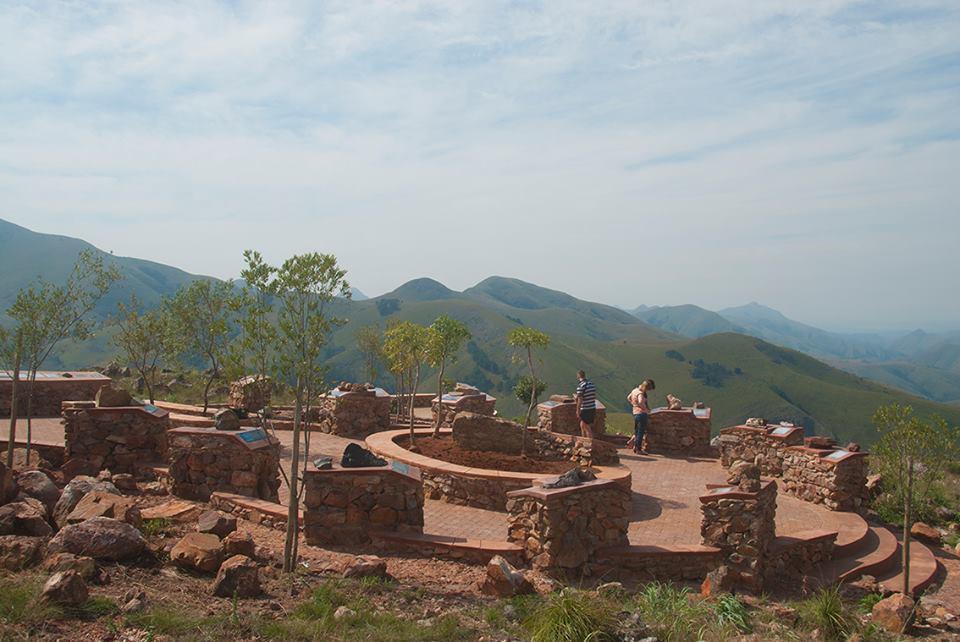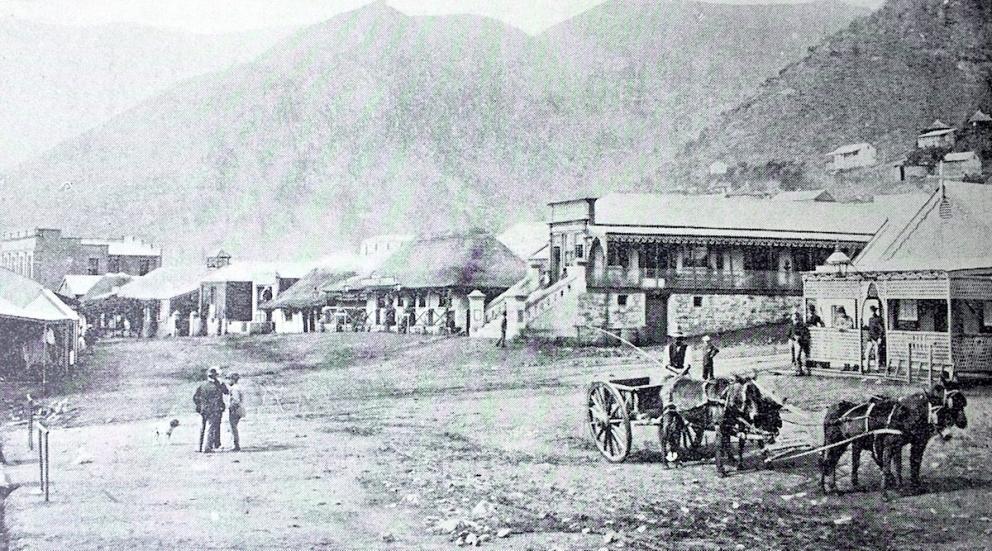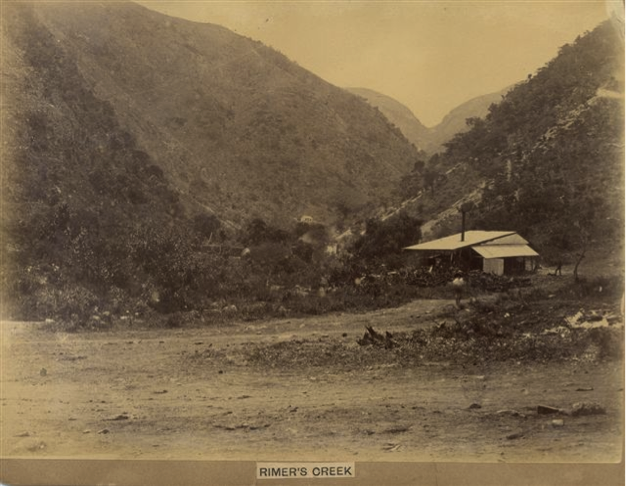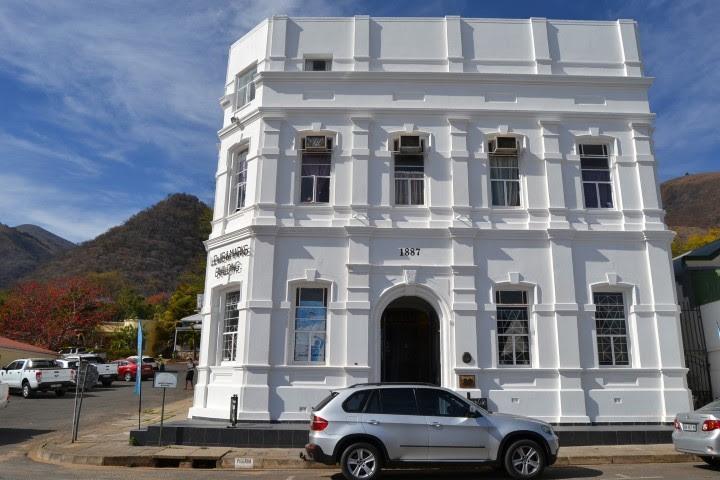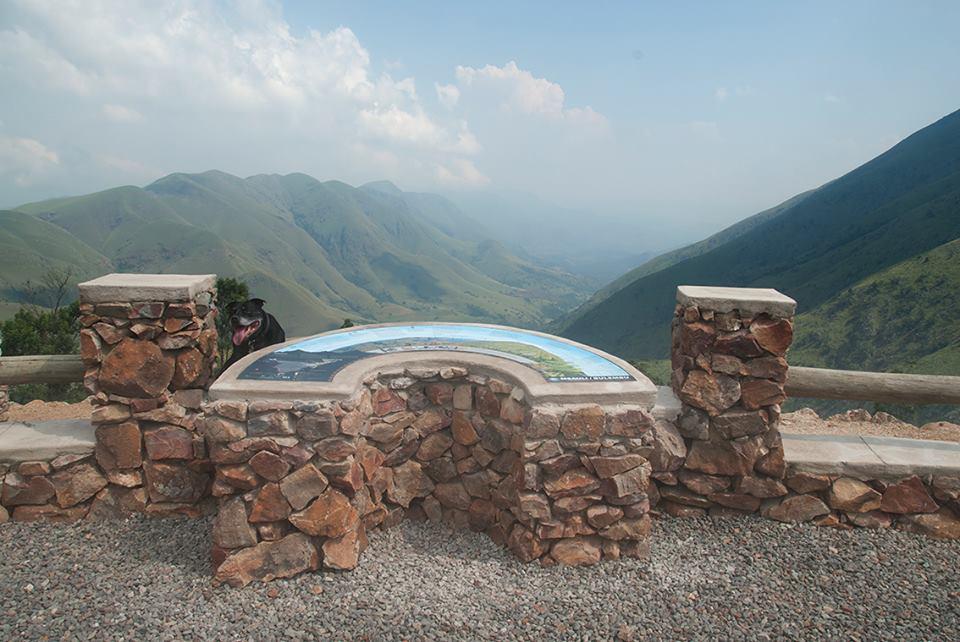
Disclaimer: Any views expressed by individuals and organisations are their own and do not in any way represent the views of The Heritage Portal. If you find any mistakes or historical inaccuracies, please contact the editor.
The Heritage Association of South Africa (HASA) is pleased to announce that the historical town of Barberton, Mpumalanga, will host this year’s heritage symposium taking place from 18 to 20 October. With its rich natural and cultural heritage, combined with breathtaking scenery, Barberton has much to offer.
The choice of venue for the symposium could not be more appropriate. The Barberton Makhonjwa Mountains have just been declared a World Heritage Site – the first in Mpumalanga.
Old photo of a section of the Barberton Makhonjwa Mountains
“This declaration is a momentous occasion for Barberton that will bring global recognition for the unique natural features of these mountains and will protect them for future generations” said HASA chairperson Jacques Stoltz, who extended congratulations to all those who worked hard to achieve this goal.
The Makhonjwas, dating back 3,6 billion years, comprise the oldest, best-preserved sequence of volcanic and sedimentary rocks on Earth. Known geologically as the Barberton Greenstone Belt, the physical and chemical characteristics of these highly accessible, ancient exposures provide an unparalleled source of scientific information about the early Earth. The outstanding value of these rocks lies not only in their excellent preservation but also in the large number of sites and features that, when combined, provide a unique, and as yet only partially explored, scientific resource. As required by the World Heritage Convention, they are ‘the best of the best’ examples of this form of ancient (Archaean) geology. There are few places on earth where rocks of the Archaean period are visible, but in Barberton the history of our planet, set in stone, can be seen from your car on a scenic tarred road!
Checking out the Barberton Geotrail (Mpumalanga Heritage)
The Barberton Makhonjwa Mountains are set in deeply folded mountainous terrain with steep rocky hills, moist grassy uplands and forested valleys. The unique geology resulted in a rich soil with a natural bounty that attracted early humans to this area, evident from the varied Stone Age and Iron Age sites scattered throughout the mountains and valleys.
In the absence of documented material it is difficult to establish who the first inhabitants of Barberton were, but the area was occupied by the Swazi during the 1860s who named it Mjindini. Rock paintings in the mountains and the caves of the area also provide evidence of the earlier existence of the San group. These paintings include familiar features of the San rock art paintings, which are prevalent in South African rock art.
Today, the Swazi are the largest population group in the Barberton area and the predominant language spoken is SiSwati.
The influx of white people to the area was mainly the result of the discovery of gold in the early 1880s and Barberton, named after the brothers Fred and Henry Barber and their cousin Graham Barber, was declared a township, on 24 July 1884. This followed the Barbers’ gold discovery in Rimer’s Creek which resulted in prospectors and fortune seekers flocking to Barberton in droves. Unfortunately, the historic site of the original Central Mill in Rimer’s Creek – the nucleus around which Barberton developed – where the ore from their early workings was crushed, and the first ore from the historic Sheba Gold Mine was sent by Edwin Bray in 1885, is now surrounded by a massive wall that encloses a private heavy-truck parking lot. This happened despite the strenuous efforts of the local community during the past 11 years who found in the end that legal action was the only remaining option. The outcome remains to be seen.
Barberton circa 1889
Rimer’s Creek – originally known as Umvoti Creek – was renamed to perpetuate the Rimer Brothers’ (James Cook and Richard Guy) association with the area as they made a further gold discovery shortly after the Barbers’ strike.
Central Miill Rimer's Creek
Several interesting buildings remain from the gold rush days – many of them registered as Provincial Heritage Sites – but some, unfortunately, are showing signs of neglect. Barberton boasts not only Victorian and Edwardian buildings but also a number of Art Deco structures. The newly acquired World Heritage Site status will be used to enhance all heritage assets, cultural as well as natural, to form a broad base for sustainable tourism development. Geo-heritage alone is a poorly developed niche-market in South Africa that will require support from all other local attractions to generate the necessary investment to provide for the protection and presentation to the public that these treasures deserve.
Lewis & Marks Building (Barberton Times)
For further information regarding the HASA annual symposium contact Marjorie Nuns (Friends of the Barberton Museum) on 013 712 7449 / 082 401 5751 / anuns@icon.co.za or Jacques Stoltz (chairperson of HASA) on 083 455 9688 / jacques@placematters.co.za.
Comments will load below. If for any reason none appear click here for some troubleshooting tips. If you would like to post a comment and need instructions click here.

